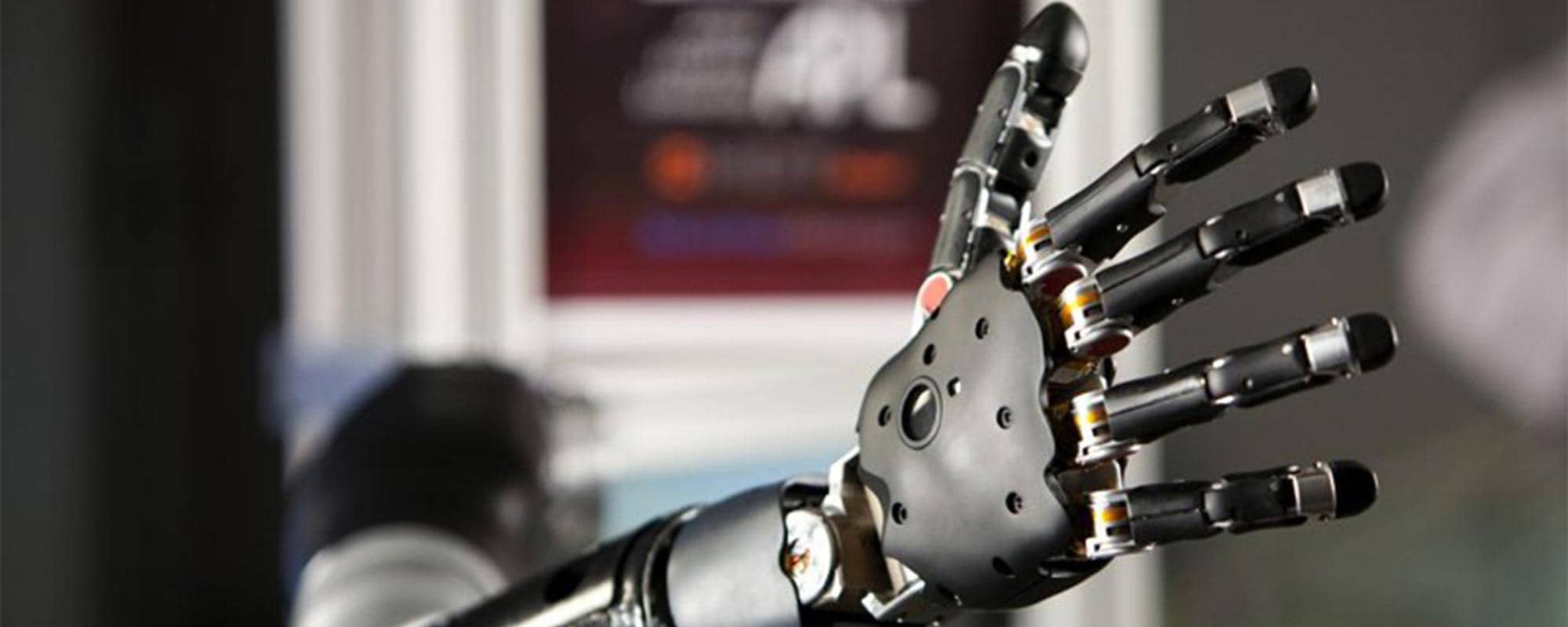Over 10% of the Maltese population lives with type 2 diabetes mellitus. This means the local risk for peripheral arterial disease, the one that usually leads to amputation, is alarmingly high. But now, a team of researchers from the Faculty of Health Sciences (University of Malta) has its hands on a new high-tech camera that can be used to detect foot complications before it’s too late.
A common symptom of peripheral arterial disease is a gradual temperature increase in a person’s foot. The change is very mild, making it difficult to detect manually. So Dr Alfred Gatt and his team are using the state-of-the-art thermographic FLIR thermal camera to hone in on these temperature variations from type 2 diabetes mellitus.
The camera uses infrared light in the same way a regular camera uses visible light to produce an image. Yes, puppy pictures are still possible, but they definitely won’t look as cute. Its ability to measure emitted heat means it is non-invasive, reducing risks of infection completely. So while the €30,000 price tag may seem high to some, it will save money in the long run.
The applications of this piece of equipment go above and beyond diabetes. It is being used for multiple research projects and contributing to medical knowledge related to other vascular diseases and physiological processes. Its true cost? Priceless.



